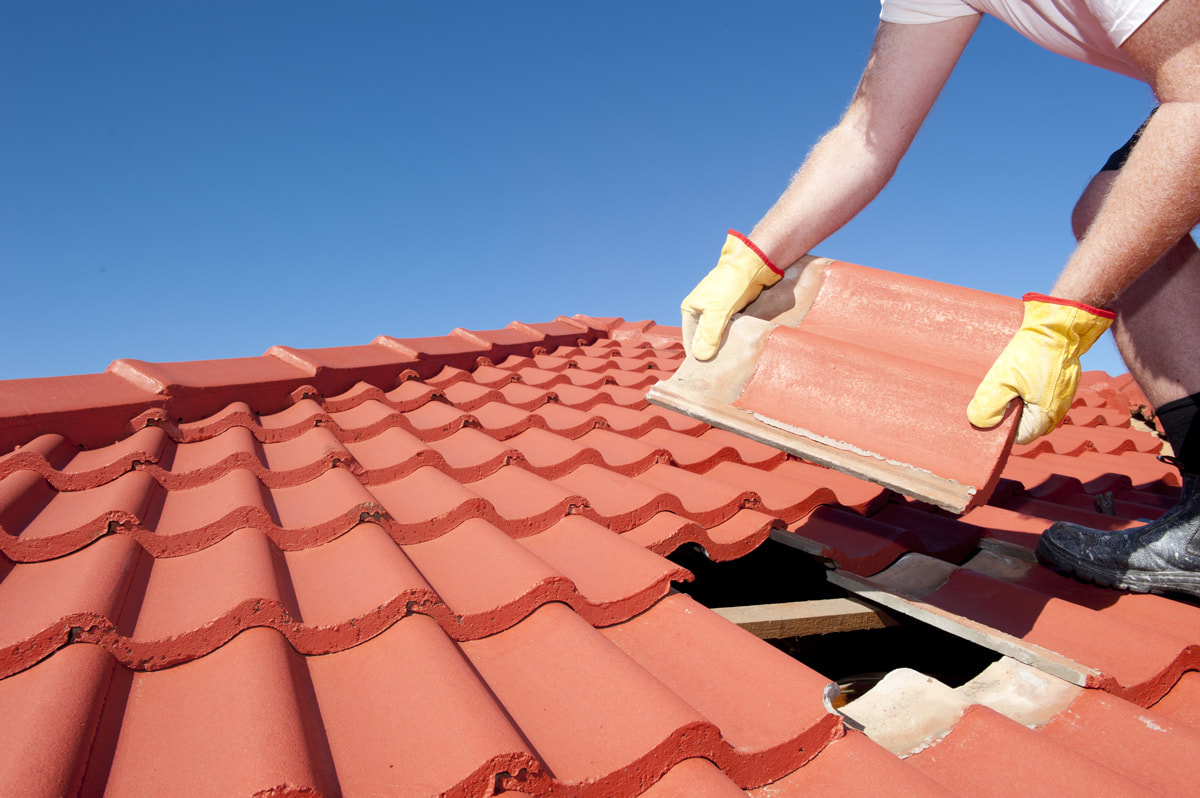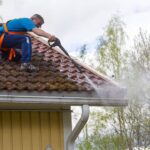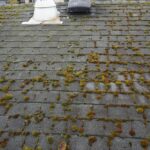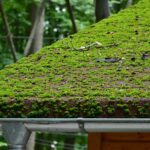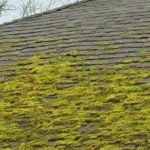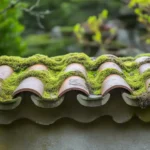Ensuring the longevity and safety of your home often begins at the top with your roof. Many homeowners overlook one critical aspect: hidden roof damage. Understanding how to find hidden roof damage can save you from costly repairs and extend the life of your roof. In this guide, we will explore various methods to identify such damage, ensuring your home remains safe and sound.

Why Hidden Roof Damage Matters
Hidden damage can compromise the structural integrity of your roof, leading to leaks, mold growth, and even more severe issues. Being proactive in identifying these problems can help maintain the value and safety of your home.
Signs Your Roof Might Be Damaged
Before delving into the hidden aspects, it’s crucial to recognize visible signs of damage. These include missing shingles, sagging roof lines, and discolored patches. Regular inspection can help you spot these early warning signs.
Common Causes of Hidden Roof Damage
Several factors can lead to hidden damage:
- Weather Conditions: Severe weather, including storms and heavy rainfall, can cause significant damage.
- Poor Installation: Incorrect installation can lead to early wear and tear.
- Lack of Maintenance: Regular maintenance prevents minor issues from becoming severe.
Impact of Weather on Roofs
Weather plays a significant role in roof damage. From heavy winds to hailstorms, understanding how these elements affect your roof can help you protect it better. For tips on maintaining your roof after snow, visit Roof Maintenance.
Techniques to Spot Hidden Roof Damage
Identifying hidden damage requires a keen eye and some basic tools. Here are some techniques:
Visual Inspection
Start with a visual inspection from the ground. Look for subtle signs like uneven shingle lines or discoloration.
Using Binoculars
If you can’t safely access your roof, consider using binoculars to examine hard-to-see areas.
Check the Attic
Inspect your attic for signs of water damage or mold, which can indicate roof leaks.
Professional Roof Inspection
Hiring a professional can provide peace of mind and ensure thorough inspection. Professionals can spot issues that may not be visible to the untrained eye. Learn more about what to look for in a roof inspection here.
Benefits of Professional Inspection
Professionals have the expertise and tools to identify and address problems efficiently, potentially saving you money in the long run.
DIY Roof Inspection Tips
If you’re inclined to inspect your roof yourself, here are some tips:
Safety First
Always prioritize safety. Use a sturdy ladder and avoid inspecting during adverse weather conditions.
Inspect Regularly
Make it a habit to inspect your roof at least twice a year and after major storms.
Common Mistakes to Avoid
When inspecting your roof, avoid these common mistakes:
- Ignoring minor issues
- Using inappropriate tools
- Delaying necessary repairs
Choosing the Right Ladder
Using the right ladder is crucial for safety. For guidance on choosing the best ladder for roof cleaning, refer to Ladder Tips.
How to Address Hidden Roof Damage
Once you’ve identified hidden damage, it’s essential to address it promptly:
Minor Repairs
For small issues, such as replacing a few shingles, consider doing it yourself if you’re handy with tools.
Hiring Professionals
For significant damage, hiring professionals ensures the job is done right.
Preventing Future Roof Damage
Prevention is better than cure. Implement these strategies to avoid future damage:
- Regular maintenance
- Timely repairs
- Using quality materials
Learn to Prevent Leaks
For more on preventing roof leaks near a chimney, visit Prevent Leaks.
Conclusion: Taking Proactive Steps
Understanding how to find hidden roof damage is crucial for every homeowner. By being proactive and conducting regular inspections, you can protect your home from severe damage. For additional tips on prolonging your roof’s lifespan, you can visit House Logic.

FAQs
How often should I inspect my roof?
It’s recommended to inspect your roof twice a year, in spring and fall, and after major storms.
What are common signs of roof leaks?
Common signs include water stains on ceilings, mold growth, and discolored shingles.
Can I inspect my roof myself?
Yes, you can perform a basic inspection, but hiring a professional is advisable for a thorough check.
This article contains affiliate links. We may earn a commission at no extra cost to you.



